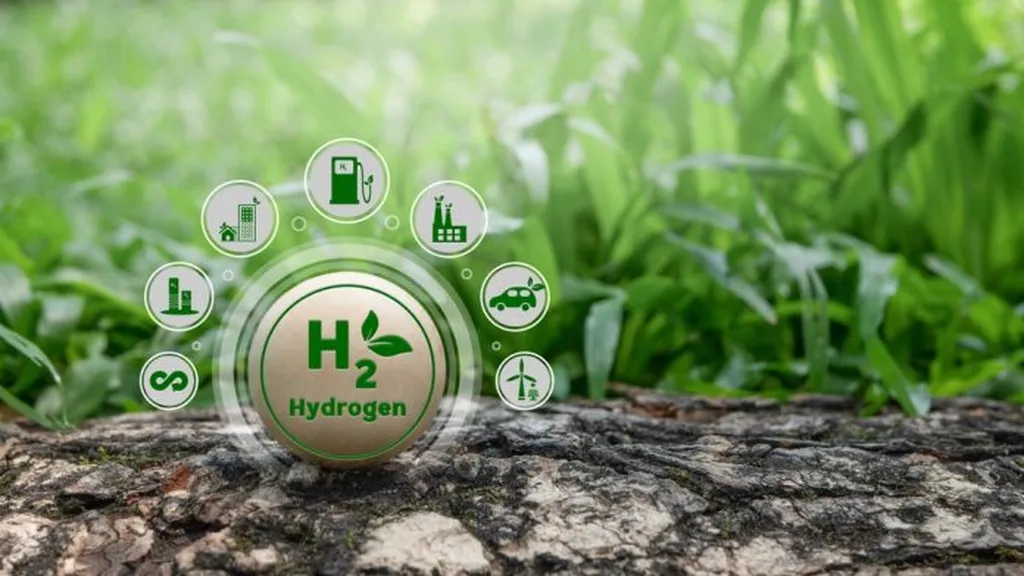In a groundbreaking study published in the journal “IEEE Access,” researchers have unveiled a novel approach to optimizing multi-hub energy systems, integrating renewable resources, hydrogen vehicles, and storage systems to significantly reduce operating costs and carbon emissions. Led by Dinmukhambet Baimbetov of Yessenov University in Aktau, Kazakhstan, the research highlights the potential of hydrogen energy and power-to-gas (P2G) technology in achieving sustainable energy goals.
The study focuses on the complex interplay between different energy carriers and the increasing use of tri-generation (TG) technologies, which combine cooling, heating, and power systems (CCHPS). By employing a multi-objective optimization approach (MOA), the researchers aimed to minimize operating costs while reducing carbon dioxide emissions. “The integration of P2G technology and the Demand Response Program (DRP) has shown remarkable results,” Baimbetov explained. “We observed a 32.17% reduction in operating costs and a significant 79.21% reduction in CO2 emissions.”
The research underscores the importance of hydrogen energy in the global effort to reduce carbon footprints and combat climate change. By utilizing P2G technology, the study demonstrates how hydrogen can be produced via electrolysis units, enhancing overall system performance and meeting cooling and heating demands under various uncertainties. “Hydrogen energy is at the forefront of sustainable energy solutions,” Baimbetov noted. “Its clean energy potential makes it an essential part of the worldwide effort to confront climate change.”
The study’s findings have significant implications for the energy sector, particularly in the development of multi-hub energy (MHE) systems. By optimizing the interaction between different energy carriers and integrating renewable resources, the research provides a roadmap for achieving sustainable energy goals. The effectiveness of the MOA using the epsilon-constrained technique and Pareto solutions highlights the potential for reducing operating costs and carbon emissions in commercial settings.
As the energy sector continues to evolve, the integration of hydrogen and renewable resources will play a crucial role in shaping future developments. This research not only advances our understanding of multi-hub energy systems but also paves the way for innovative solutions that can drive the energy transition forward. With the growing demand for sustainable energy, the insights gained from this study are poised to influence commercial strategies and policy decisions in the years to come.

